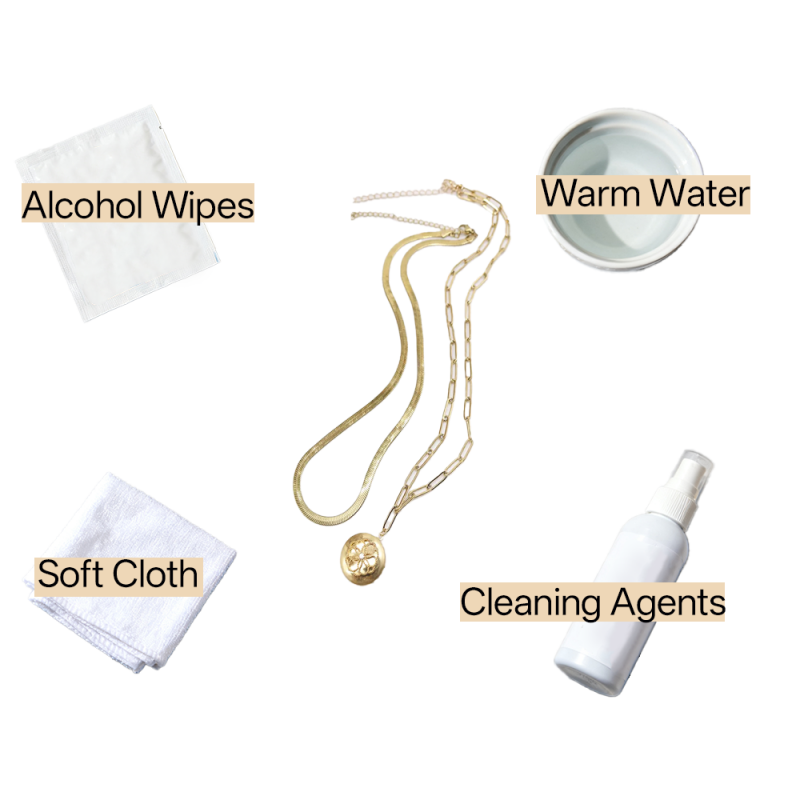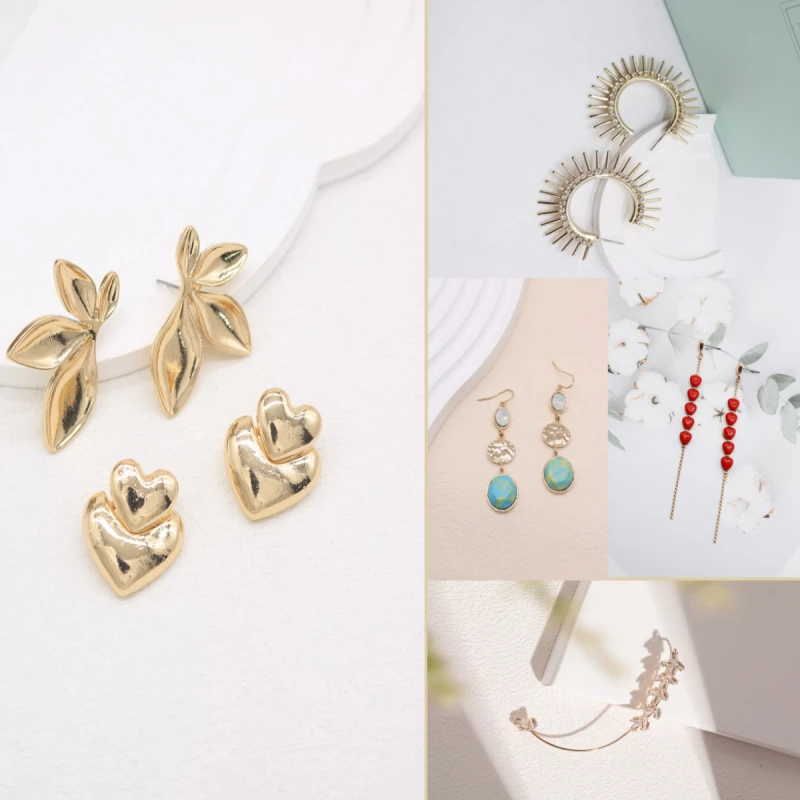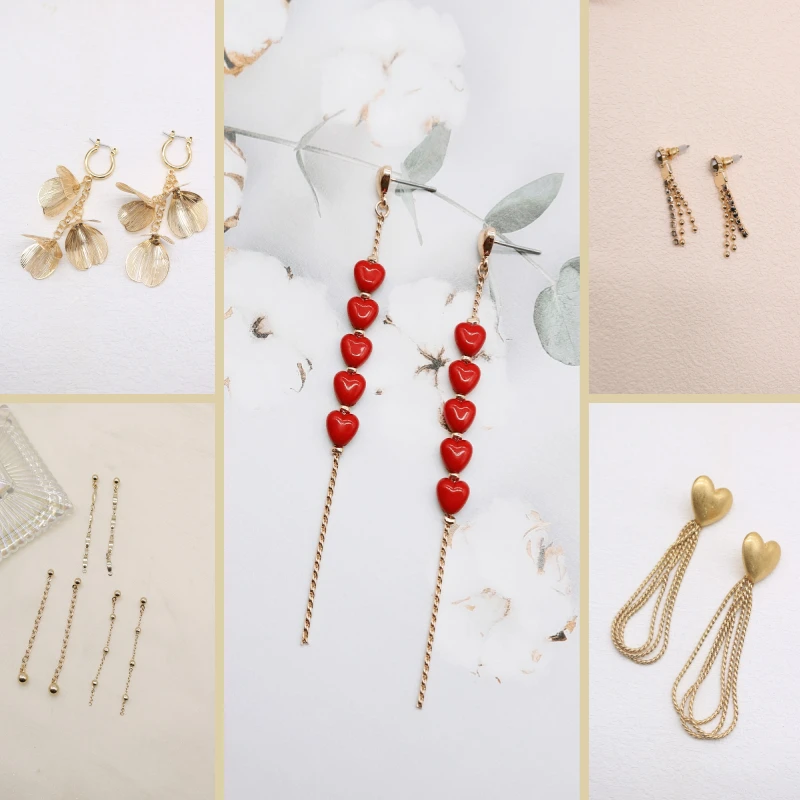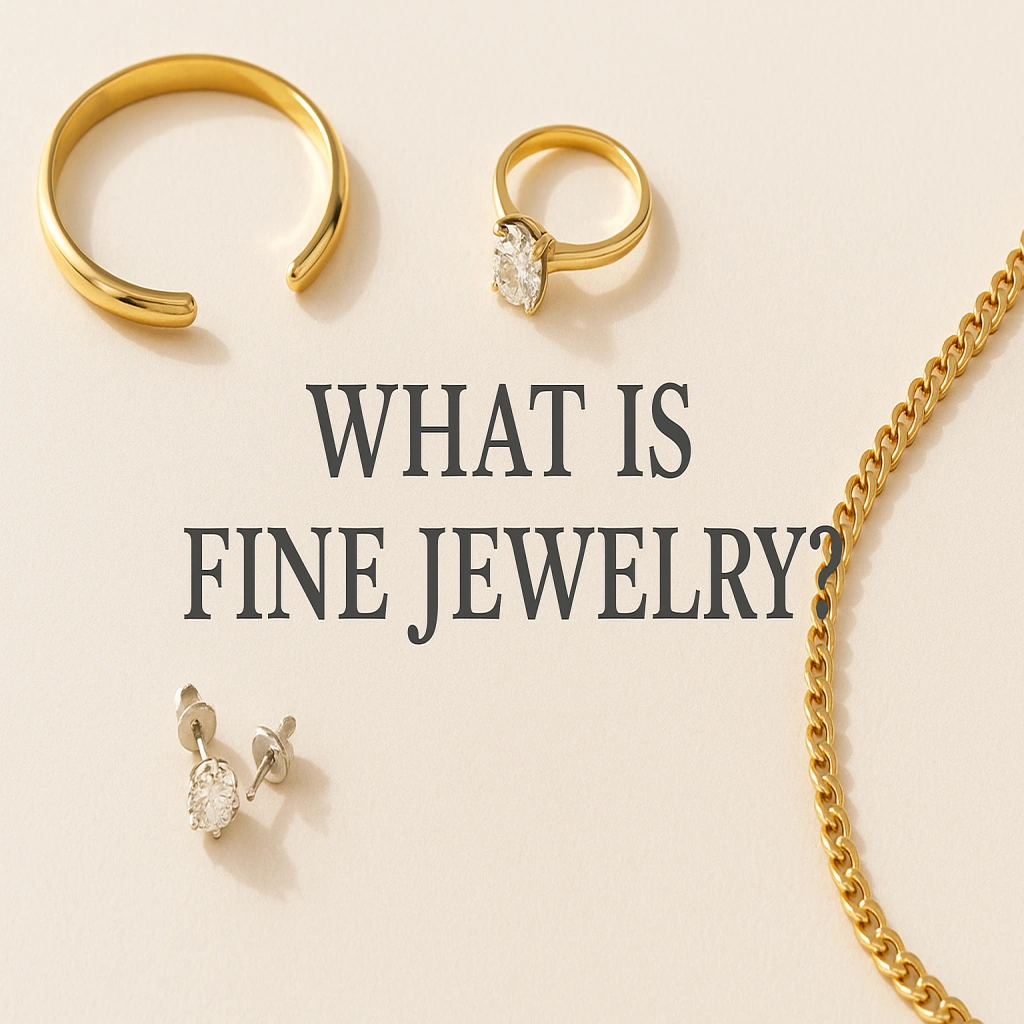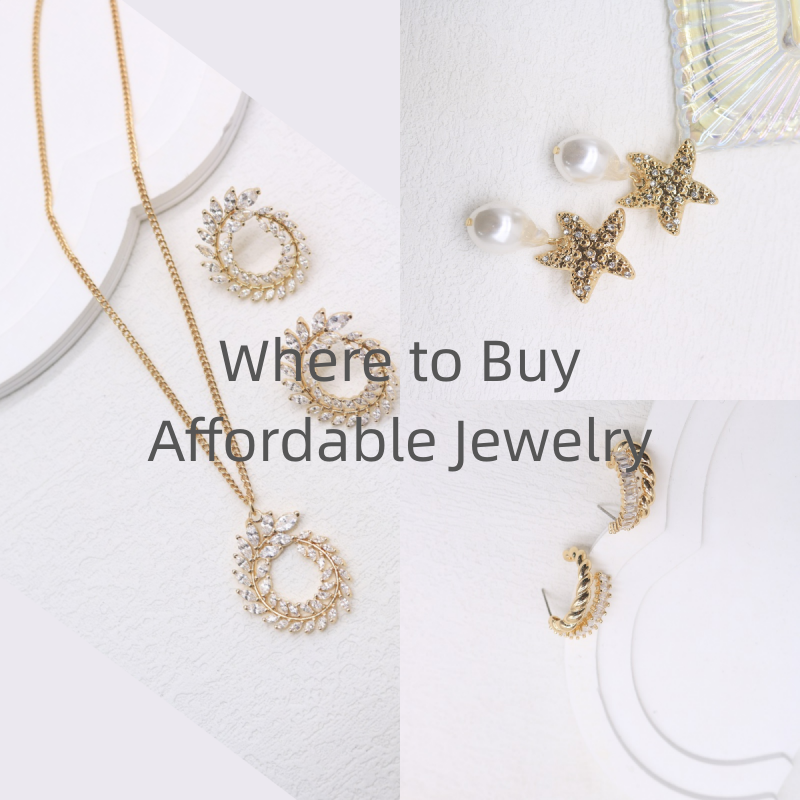Gold-plated jewelry has become one of the most popular choices for consumers who want the beauty of gold without the high cost. Among them, the gold plated necklace is a timeless accessory. However, because gold plating is a thin layer (usually 0.5–2.5 microns thick) over a base metal, it requires careful cleaning and maintenance. If cleaned improperly, the plating can wear away quickly, leaving the piece dull or discolored.
This article provides an in-depth, research-based guide on how to clean a gold plated necklace safely. We will also review different cleaning methods, compare professional recommendations, and present data-driven tables to help you extend the lifespan of your jewelry.
Why Cleaning Matters for Gold Plated Necklaces
Unlike solid gold jewelry, gold plated pieces are more sensitive to wear, chemicals, and abrasives. According to a 2024 Jewelry Care Report by the Gemological Institute of America (GIA), more than 63% of premature fading in gold plated jewelry comes from improper cleaning methods such as abrasive polishing or using harsh chemicals.
Cleaning a gold plated necklace regularly helps:
Preserve its shine and luster
Prevent tarnishing and discoloration
Extend the life of the gold plating
Maintain hygiene (removing sweat, oils, and bacteria)
Understanding Gold Plating Thickness and Care Needs
The durability of your necklace largely depends on the thickness of the gold layer.
| Gold Plating Type | Thickness (Microns) | Average Lifespan (with proper care) | Cleaning Frequency Recommended |
|---|---|---|---|
| Flash Plating | <0.5 | 3–6 months | Every 1–2 weeks |
| Standard Fashion Plating | 0.5 – 1.0 | 1–2 years | Every 2–3 weeks |
| Heavy Gold Plating (Vermeil) | 2.5+ | 3–5 years | Monthly |
Source: International Precious Metals Institute, 2023
As seen in the table, thinner plating requires more frequent cleaning, but gentler methods should always be used to avoid premature fading.
Step-by-Step Guide: How to Clean a Gold Plated Necklace at Home
Here is the safest method recommended by professional jewelers:
Prepare a Cleaning Solution
Mix a few drops of mild dish soap with lukewarm water. Avoid hot water, which may loosen adhesives or cause discoloration.Soak the Necklace (Optional)
Place the necklace in the soapy solution for 5–10 minutes if it has built-up dirt. For delicate pieces, skip soaking.Gently Wipe with a Soft Cloth
Use a microfiber or lint-free cloth. Avoid scrubbing. Lightly wipe along the grain of the necklace.Rinse with Clean Water
Dip another cloth in clean lukewarm water and remove soap residue. Do not submerge in running tap water for too long.Dry Thoroughly
Pat dry with a soft cloth. Let the necklace air dry completely before storing to prevent moisture damage.Polish Lightly (Optional)
Use a gold polishing cloth, not regular metal polish. Standard jewelry cleaners may contain chemicals too harsh for gold plating.
Data-Driven Comparison of Cleaning Methods
A 2023 consumer study conducted by the Jewelry Consumer Council (JCC) tested different cleaning methods for gold plated necklaces and measured plating wear after 30 cleanings.
| Cleaning Method | Shine Retention Score (0–10) | Plating Wear After 30 Cycles | Recommended? |
|---|---|---|---|
| Soap + Microfiber Cloth | 9.5 | Minimal (<5%) | Yes |
| Jewelry Ultrasonic Cleaner | 7.0 | Moderate (15–20%) | No |
| Baking Soda Paste | 6.5 | High (25–30%) | No |
| Vinegar + Water Solution | 7.2 | Moderate (10–15%) | Use Caution |
| Professional Jewelry Cloth | 9.0 | Minimal (<7%) | Yes |
Source: Jewelry Consumer Council, 2023 Study on Plated Jewelry Care
The study shows that soap and water with a microfiber cloth is the safest long-term method, while abrasive options like baking soda should be avoided.
Common Mistakes to Avoid
Even with the right tools, improper techniques can damage your necklace. Avoid these mistakes:
Using abrasive cloths (paper towels, toothbrushes, scouring pads)
Applying strong chemicals (bleach, ammonia, acetone)
Over-polishing (removes the thin gold layer)
Excessive soaking (weakens adhesives on gemstone settings)
Frequency of Cleaning: What Research Suggests
How often you should clean your gold plated necklace depends on usage. The American Jewelry Association (AJA) recommends the following based on lifestyle:
| Usage Pattern | Cleaning Frequency | Additional Care Tips |
|---|---|---|
| Daily Wear | Once per week | Wipe down after every use with soft cloth |
| Occasional Wear (1–2x/week) | Every 2–3 weeks | Store separately in jewelry pouch |
| Rare Wear (special occasions) | After every wear | Clean before long storage |
This data indicates that routine wiping after each wear is more effective than deep cleaning too frequently.
Professional Cleaning vs. At-Home Care
Sometimes, at-home cleaning is not enough—especially if the necklace has gemstones or intricate details. Professional cleaning can help, but it carries a cost.
| Method | Average Cost (USD) | Effectiveness | Risk of Plating Loss |
|---|---|---|---|
| At-home cleaning | $0–$5 (soap & cloth) | High (everyday dirt) | Very low |
| Professional polishing | $20–$50 | Very high (deep tarnish) | Moderate |
| Replating | $40–$150 | Restores new look | N/A (new plating applied) |
For valuable or sentimental pieces, professional maintenance every 12–18 months can extend the necklace’s life significantly.
Storing Your Gold Plated Necklace Properly
Cleaning is only half the story—storage practices also play a major role in preventing tarnish and scratches.
Store in a jewelry box or pouch (preferably anti-tarnish lined).
Keep away from direct sunlight and humidity.
Do not store multiple necklaces together to avoid scratching.
Use silica gel packs to reduce moisture exposure.
Real Consumer Trends on Jewelry Maintenance
Recent survey data reveals how consumers care for their gold plated jewelry:
| Consumer Group (Age) | % Who Clean Regularly | Most Common Method | Top Problem Reported |
|---|---|---|---|
| 18–29 years | 38% | Soap + Water Cloth | Scratches |
| 30–44 years | 52% | Jewelry Cloth | Tarnish |
| 45–60 years | 60% | Professional Cleaning | Plating Wear |
| 60+ years | 42% | Home Soak in Vinegar Solution | Fading Color |
Source: Global Jewelry Habits Survey, 2024 (Sample Size: 2,500 respondents)
This data suggests younger buyers tend to neglect regular cleaning, while older consumers opt for professional solutions.
How OKA Accessories Delivers Long-Lasting Jewelry
When discussing how to clean a gold plated necklace, it’s also important to highlight quality at the manufacturing stage. High-quality plating lasts longer and requires less maintenance.
Qingdao OKA Arts and Crafts Co., Ltd (OKA Accessories) is a leading custom jewelry manufacturer founded in 2013 with offices in Qingdao, Yiwu, and a London design center. Our brand partners with world-renowned retailers such as Pull&Bear, Tally Weijl, and Urban Outfitters.
Why Choose OKA Accessories Gold Plated Jewelry?
Premium Materials – Our plating thickness and base metals are carefully controlled for durability.
Expert Design – Our London and Qingdao teams combine CAD technology and trend insights for cutting-edge designs.
Rigorous Quality Checks – With a 98% lab test pass rate, every piece meets European and American standards.
High Capacity & Fast Delivery – Annual production of 5–7 million pieces with a 97% on-time delivery rate.
Because of this commitment to design precision and plating durability, OKA Accessories necklaces maintain their brilliance longer and are easier to clean safely.
Final Thoughts
Learning how to clean a gold plated necklace properly can help extend its life, preserve its shine, and keep it looking new for years. Based on research and consumer data:
Use mild soap and water with a microfiber cloth as the safest method.
Avoid harsh chemicals, abrasives, and ultrasonic cleaners.
Clean regularly depending on usage patterns, and store jewelry correctly.
Consider professional cleaning or replating for older or heavily worn pieces.
By combining proper cleaning with high-quality manufacturing, like the necklaces designed by OKA Accessories, you can enjoy both beauty and durability in your jewelry collection. Contact us for a quote.
